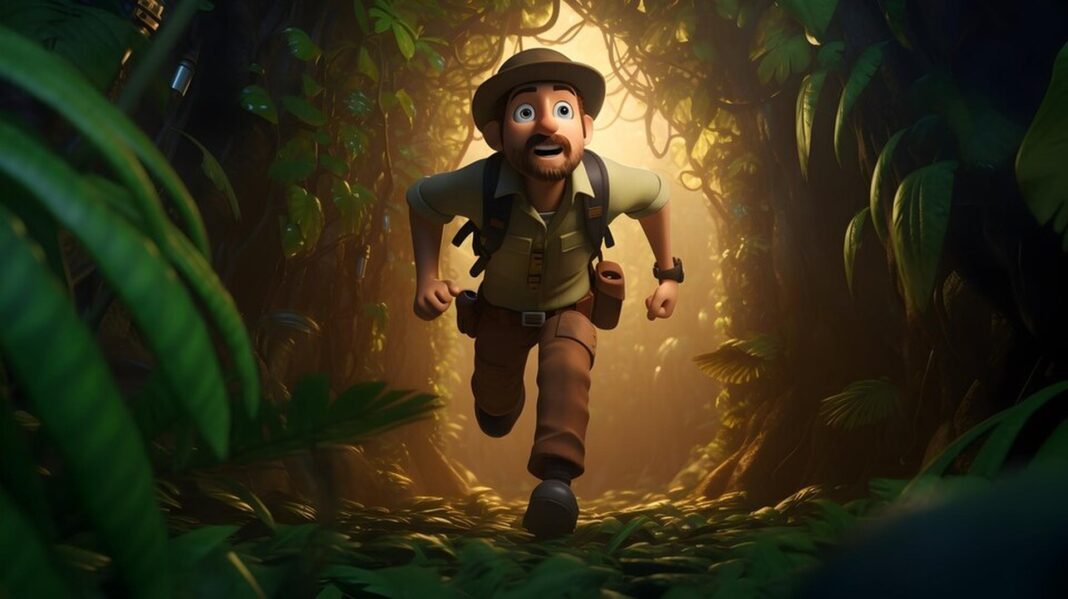Filmmaking is a complex process that starts before the cameras roll. Each stage is crucial to turning a concept into a movie. Many creative voices and practical judgments occur throughout each phase. This study examines filmmaking fundamentals. Breaking down a script pre production casting storyboarding directing production design and shooting procedures explains the complete filmmaking process.
The Anatomy Of a Screenplay
A script is a film blueprint. It organizes all production. Screenplays are usually three acts. This covers setup conflict and resolution. Acts are meant to keep viewers interested as the tale progresses. Character arcs matter. They show each character’s path to progress or downfall. Visual narrative is conveyed using descriptive words and action lines.
Character intentions and feelings are revealed via dialogue. A good script immerses the reader in the plot. It controls tone, pace and mood. Many writers struggle to blend originality with structure. Knowing the rules helps but disregarding them may create interesting tales.
Pre-Production Planning
Pre production is crucial to a successful shoot. It requires careful preparation and organization. Create a detailed budget first. This specifies resource needs and allocation. Schedules need serious thought too. Coordinating departments and talent is difficult. Production timelines keep everyone informed. Scouting locations is also crucial.
Finding the perfect locations realizes the screenplay. This step requires obtaining permissions. Concept artists frequently help with storyboarding. Everyone can see the film design using this tool. Each element helps ensure a smooth production and reduces set mistakes. Filming runs more smoothly after this planning phase.
Casting Calls Finding: The Perfect Fit
Casting is vital to filmmaking. The perfect actors bring characters and stories to life. Directors, producers and casting agencies find talent. They thoroughly analyze resumes, demo reels and headshots. Auditions show an actor versatility and readiness for roles. Also chemistry readings guarantee performers can interact on screen.
This is key to tales of world disbelief. After auditions the casting must match the film concept. Contract negotiation takes patience and competence. After casting practices improve performances before shooting. Successful actor casting may boost a film’s popularity. The search is exhausting yet rewarding when the right match is discovered.
Visualizing: The Vision Storyboarding
Filmmakers may picture the story before shooting by storyboarding. This tool plans scenes and shots. Several drawings show the events. Each storyboard frame guides camera angles, movement and transitions. Directors work with storyboard artists to realize their ideas.
This technique may potentially spot issues early. Storyboards change throughout production. The team uses them as a reference. The visual roadmap maintains script interpretation consistency. It also helps manufacturers and investors understand concepts. A clear picture from storyboarding streamlines production and improves creative cooperation.
The Art Of Directing: Bringing The Script To Life
Directing requires imagination and practicality. The director turns screenplays into visual narratives. They collaborate with the actors and crew to fulfill the film concept. This involves working with the cinematographer on the film look. Directing involves good communication.
The director must explain their concept to performers and personnel. They direct performances to generate emotions. Detail matters for tempo and shot composition. On set directors make snap judgments to handle unexpected issues. Leadership is crucial because directors generate team trust. Artistic vision and logistical reality must be balanced. A director’s vision may make a script intriguing.
Behind The Scenes: The Role Of Production Design
Film production design influences its visuals. From sets to props to costumes it covers everything on screen. The production designer and director collaborated on the film look. This teamwork ensures visuals match the narrative tone. This technique relies on research. Understanding the story context aids design.
The visual direction may be refined via mood boards. Production designers work alongside art and costume designers. Everything helps create a realistic and immersive experience. Budget constraints may require ingenuity and creativity. A well designed set makes a tale more compelling. Production design entails constant tweaks to ensure all aspects match the film goal.
Filming Techniques Capturing The Story
Filming skills are crucial to visual storytelling. Camera angles, motions and shot compositions substantially impact the story. The director and cinematographer collaborate to choose the finest methods. To improve visual language they examine lighting framing and lenses. Wide close up and over the shoulder pictures may create different emotions.
Color and texture affect the viewing experience. Sound design must capture mood conversation intelligibility and background noise. Filming demands flexibility due to unanticipated events. Weather location or technological concerns may need rapid thinking. Editing and visual effects polish footage in post production. These methods create a compelling tale.
How Do Screenplays Get Turned Into Films?
A script to film is a complicated process that requires many skills. The script is first revised to improve language and story. After finishing, producers and directors evaluate its marketability to get funding. Pre production includes site survey casting and design.
All details are carefully prepared to match the screenplay goal. Next performers and crew film the script. After editing sound design and visual effects the film is finished. To turn a written story into a visual masterpiece various professions must work together at each stage.
What Role Does A Director Play In The Production?
Directors create films. This person supervises the creative direction and script adaptation. They collaborate with actors to achieve narrative objectives. Communication matters. The director ensures departmental coordination by translating ideas.
Camera angles and shot compositions are also their duty. Directors must handle set disagreements and adjust to unanticipated issues. Leadership motivates the actors and crew to work together. A good director blends creative ambition with practical feasibility to create a cohesive picture.



